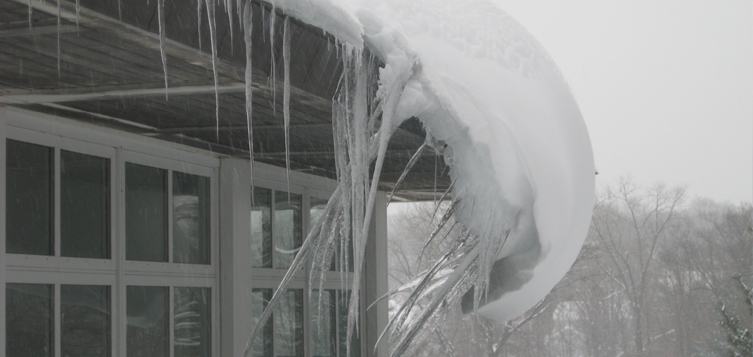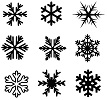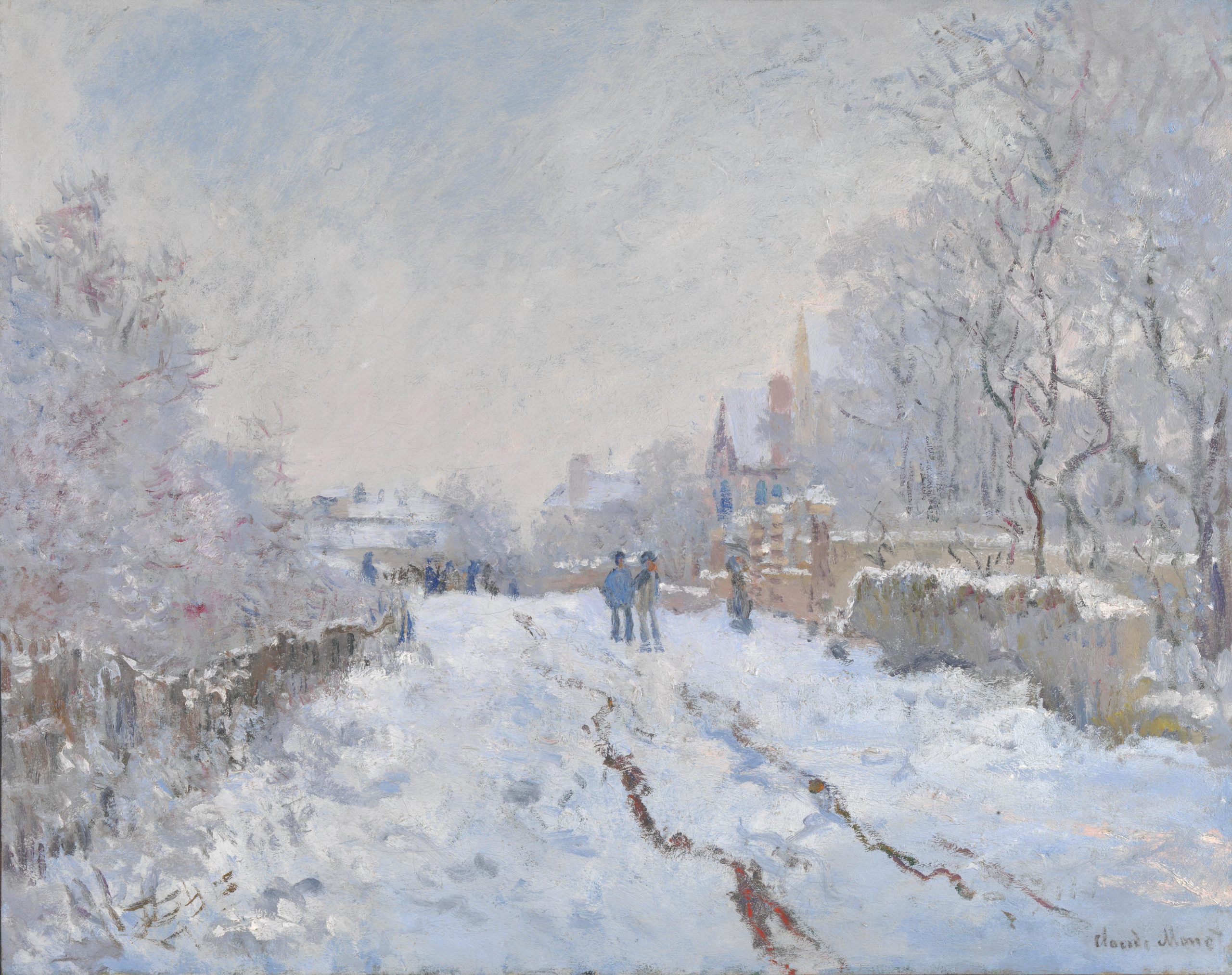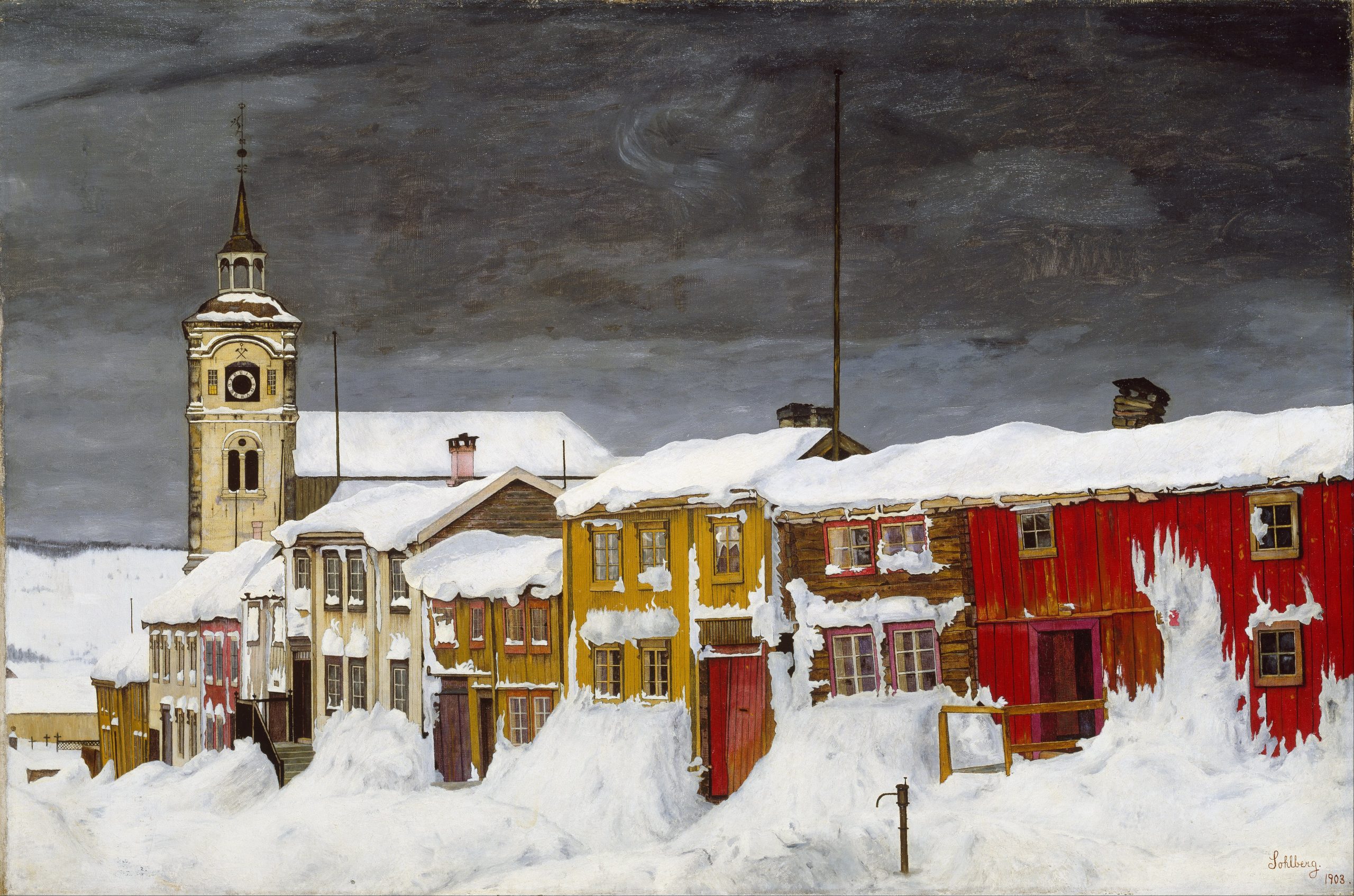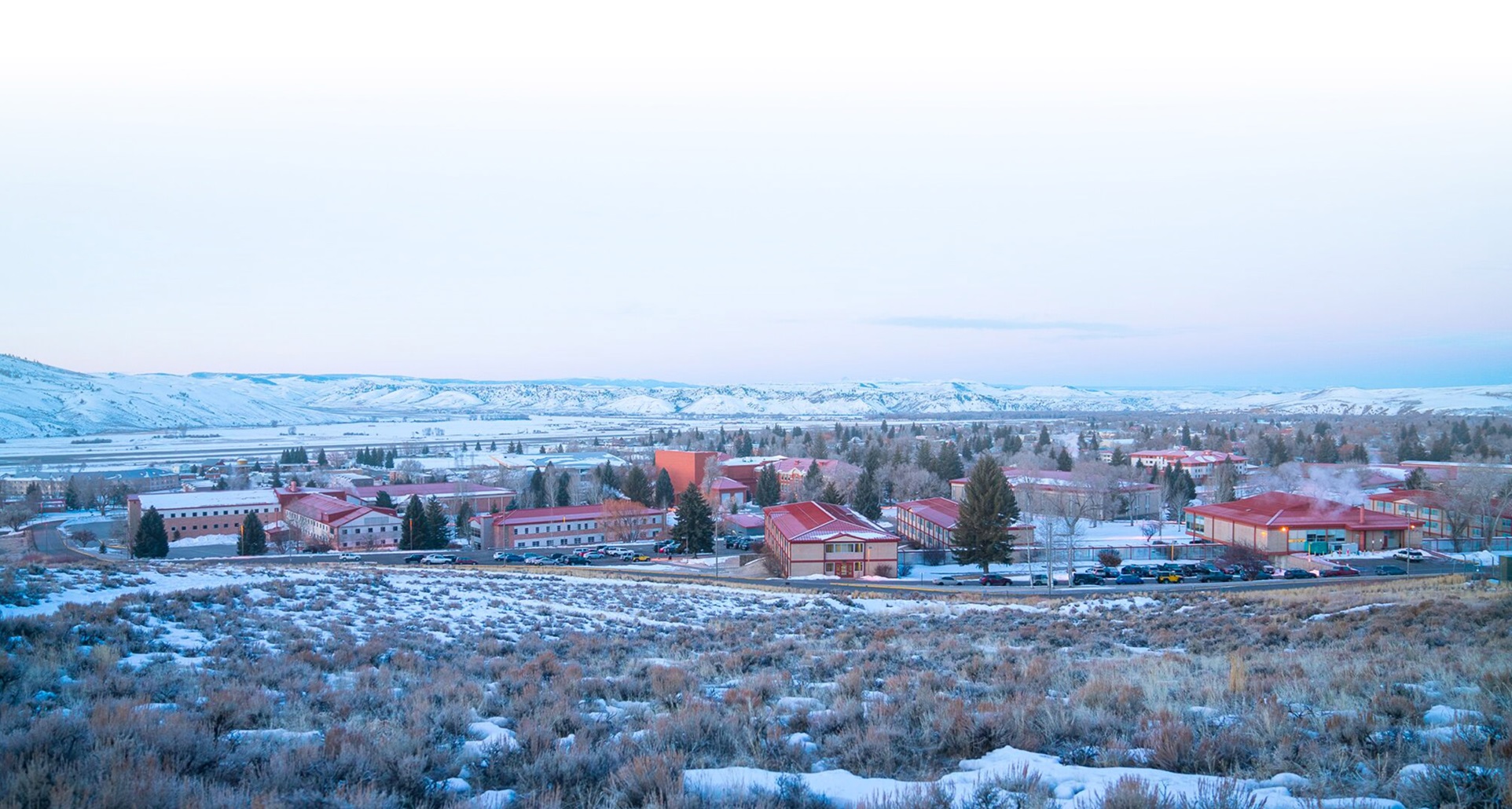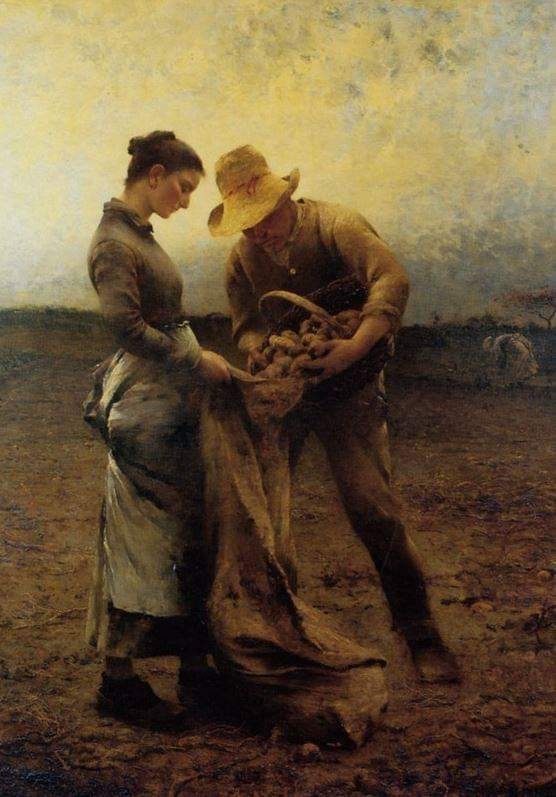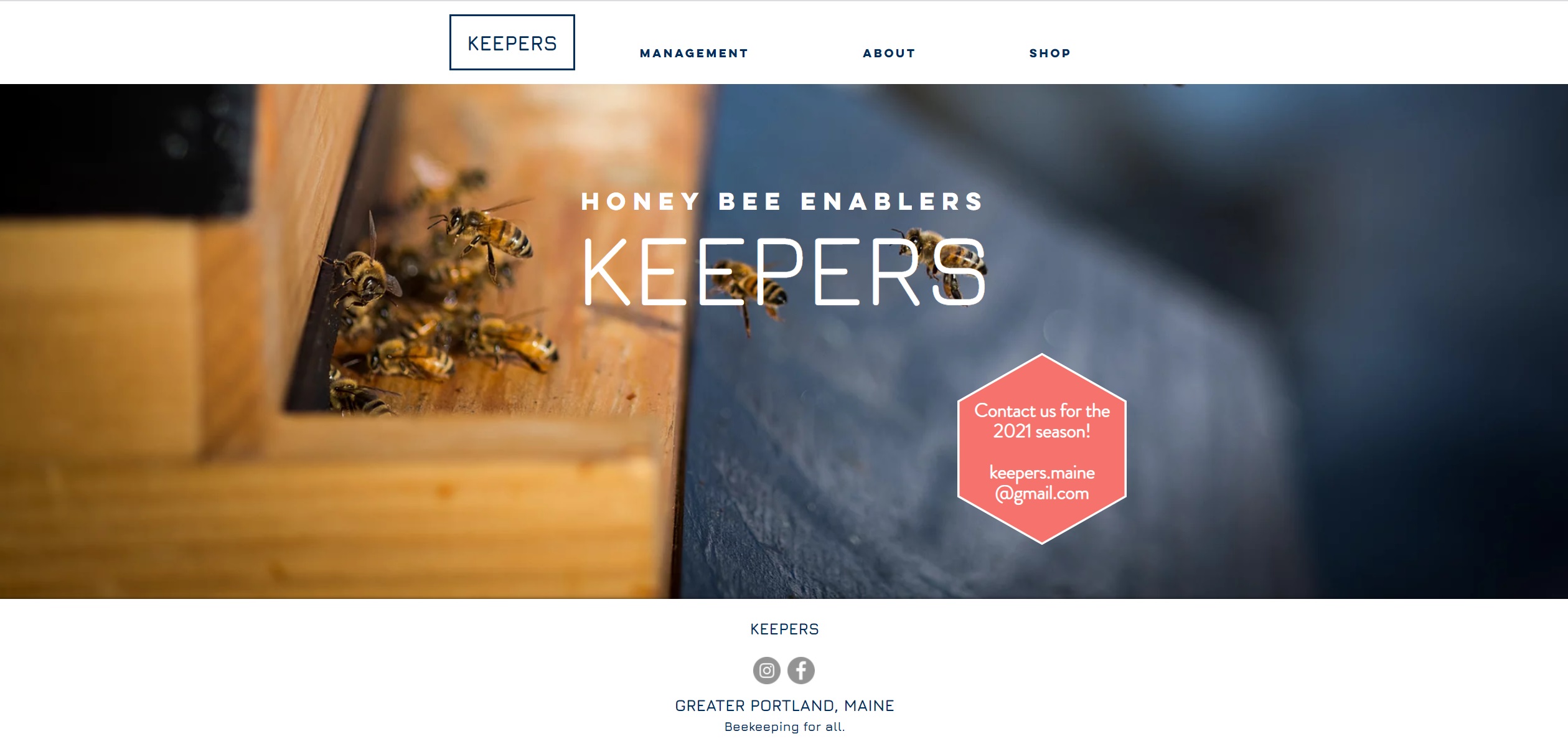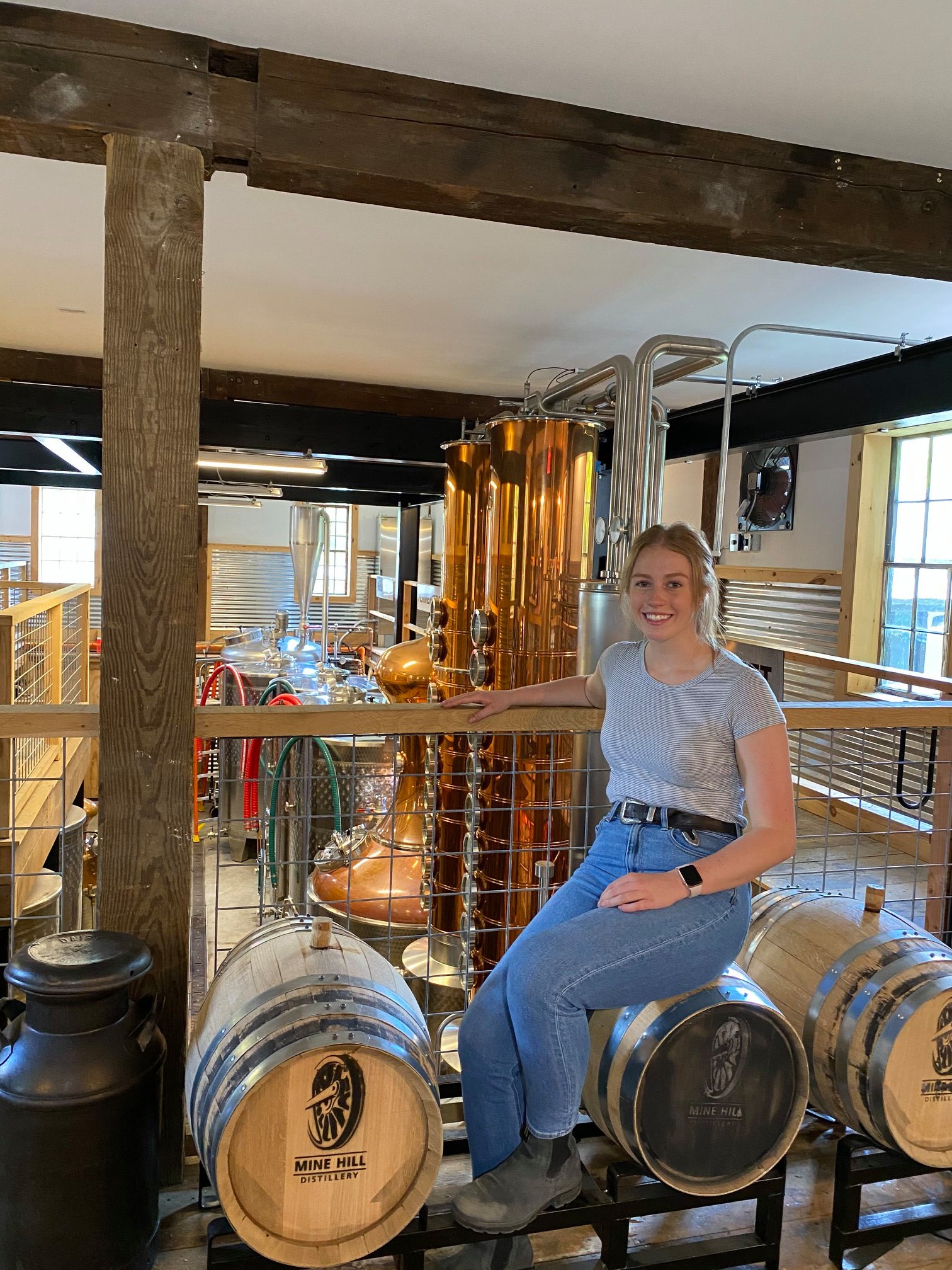Capital Construction and Planning
Tag Archives: December
- Home
- Posts tagged "December" (Page 3)

Electrical heat tracing: international harmonization-now and in the future
Electrical heat tracing: international harmonization-now and in the future
C. Sandberg
Tyco Thermal Controls
N.R. Rafferty – M. Kleinehanding – J.J. Hernandez
E.I. DuPont de Nemours & Company, Inc
Abstract: In the past, electrical heat tracing has been thought of as a minor addition to plant utilities. Today, it is recognized as a critical subsystem to be monitored and controlled. A marriage between process, mechanical, and electrical engineers must take place to ensure that optimum economic results are produced. The Internet, expert systems, and falling costs of instrumentation will all contribute to more reliable control systems and improved monitoring systems. There is a harmonization between Europe and North America that should facilitate design and installation using common components. The future holds many opportunities to optimize the design.
CLICK HERE to order complete paper
Outdoor Deicing & Snow Melting
Today our focus turns to outdoor electric deicing and snow melting wiring systems identified as suitable for the environment and installed in accordance with the manufacturer’s instructions. They work silently to keep snow load from caving in roofs and icicles falling from gutters onto pedestrian pathways.
While the voltage and ampere requirement of the product itself is a known characteristic, the characteristic 0f the wiring pathway — voltage, ampere, grounding, short circuit, disconnect and control — is relatively more complicated and worthy of our attention. Articles 426-427 of the National Electrical Code is the relevant part of the NEC
Free Access 2023 National Electrical Code
Insight into the ideas running through technical committee deliberations is provided by a review of Panel 17 transcripts:
2023 NEC Panel 17 Public Input Report (633 pages)
2023 NEC Panel 17 Public Comment Report (190 pages)
We hold Articles 427 in the middle of our priority ranking for the 2023 NEC. We find that the more difficult issues for this technology is the determination of which trade specifies these systems — architectural, electrical, or mechanical; covered in previous posts. Instead, most of our time will be spent getting IEEE consensus products in step with it, specifically ANSI/IEEE 515 and IEEE 844/CSA 293.
Comments on the Second Draft of the 2026 NEC will be received until April 18th.
…
We collaborate with the IEEE Education & Healthcare Facility Committee which meets online 4 times per month in European and American time zones. Since a great deal of the technical basis for the NEC originates with the IEEE we will also collaborate with IEEE Standards Coordinating Committee 18 whose members are charged by the IEEE Standards Association to coordinate NFPA and IEEE consensus products.
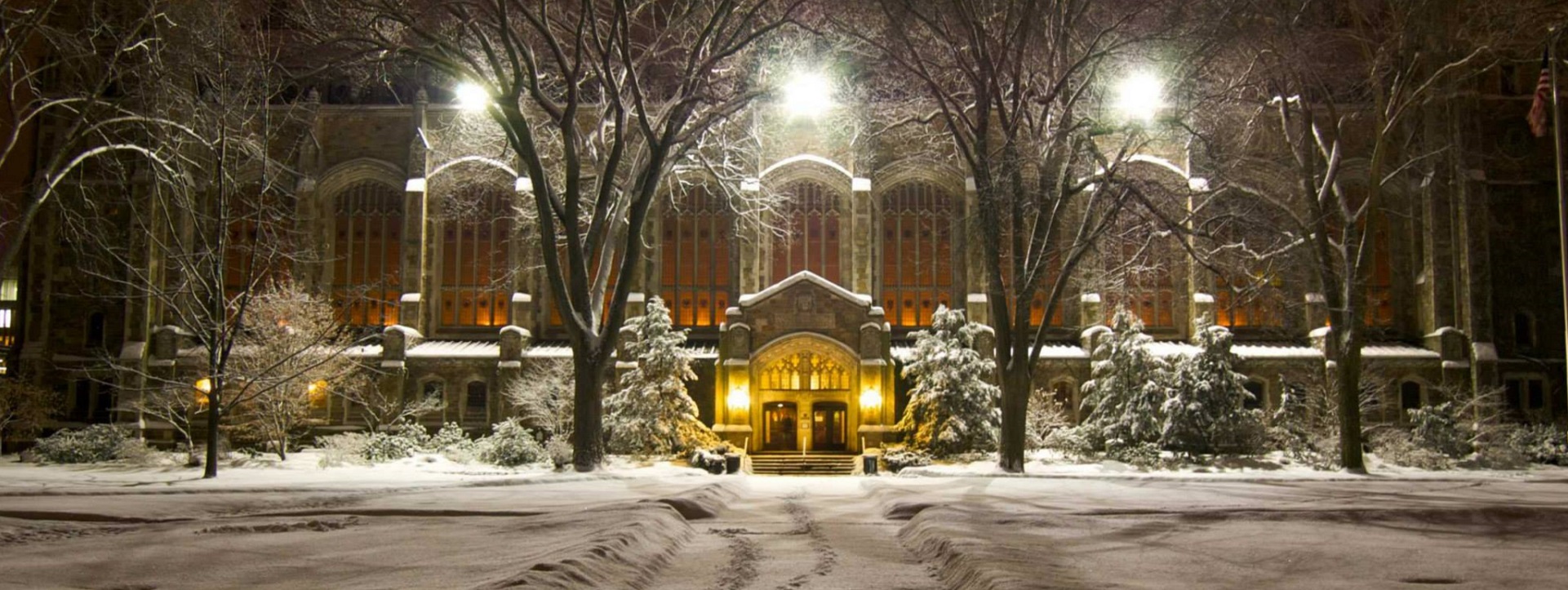
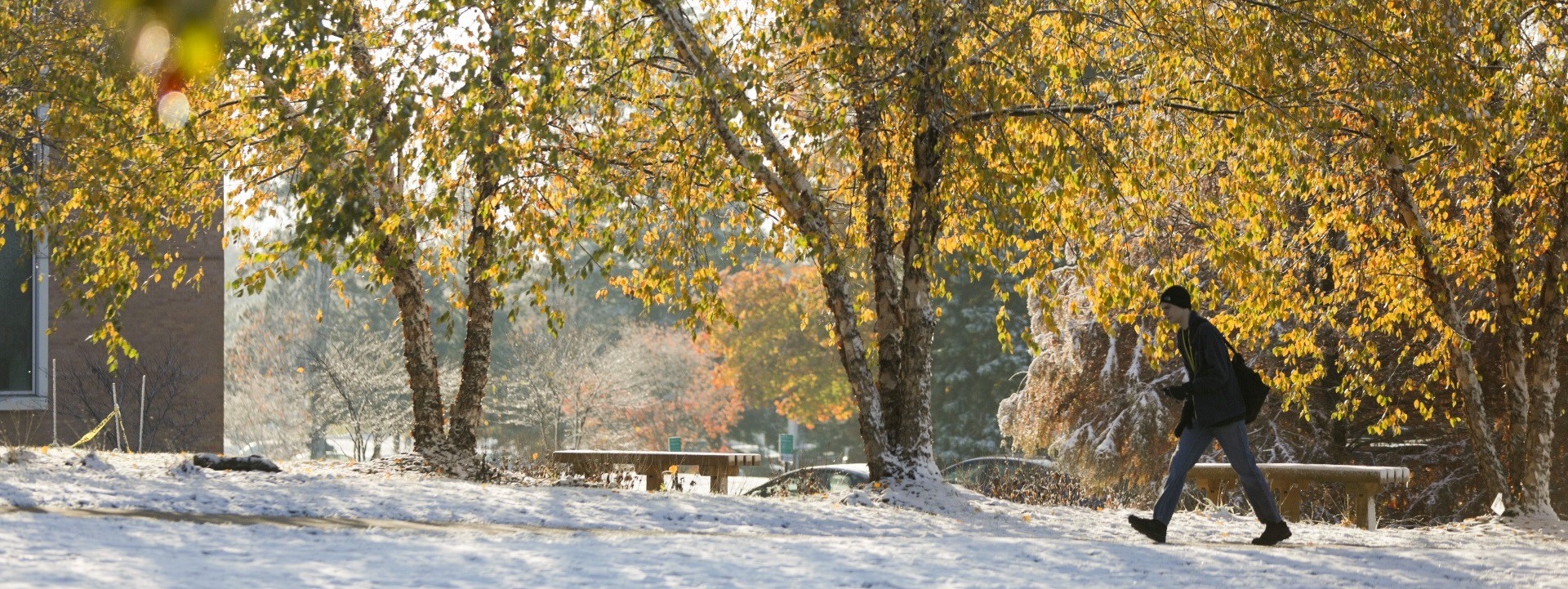
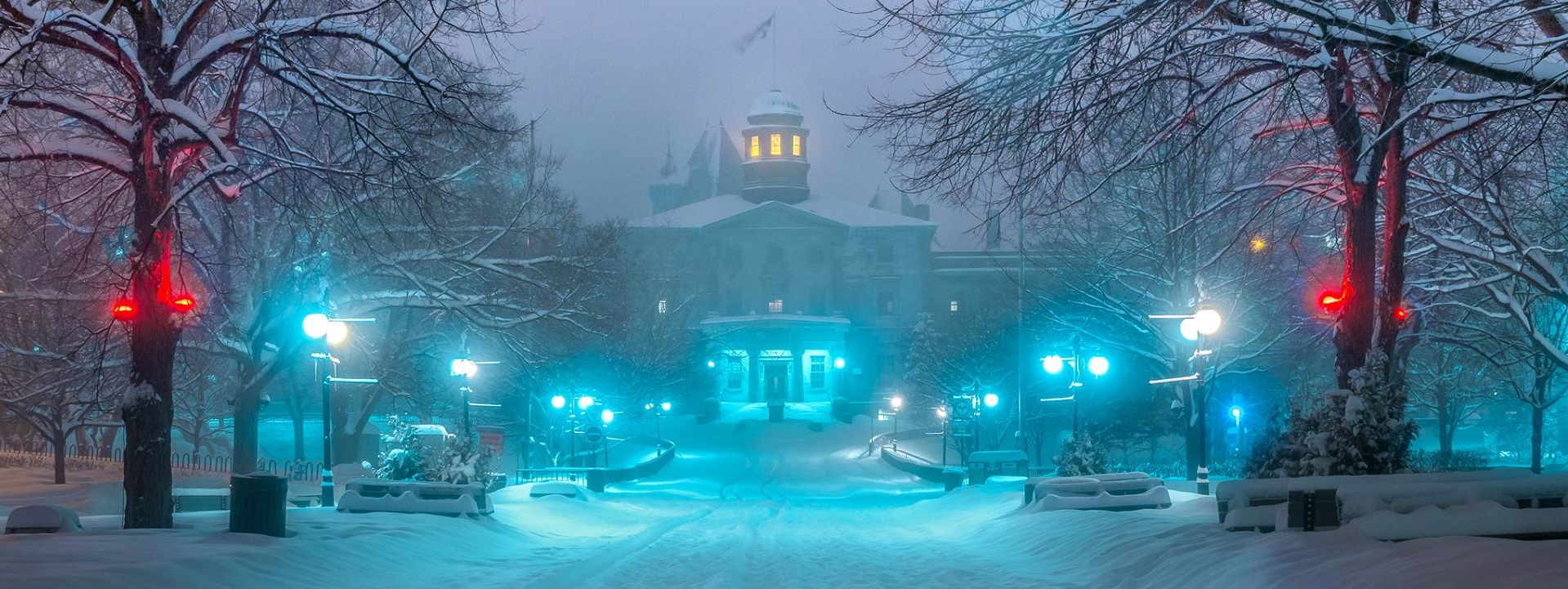
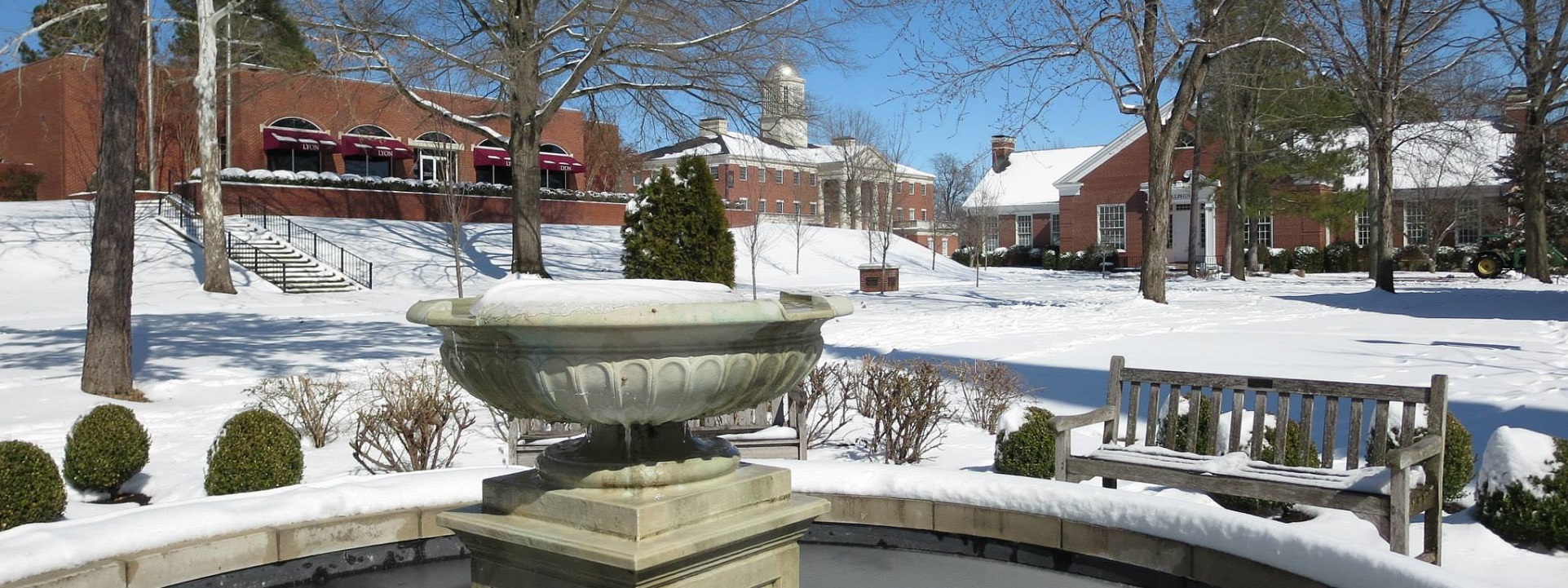
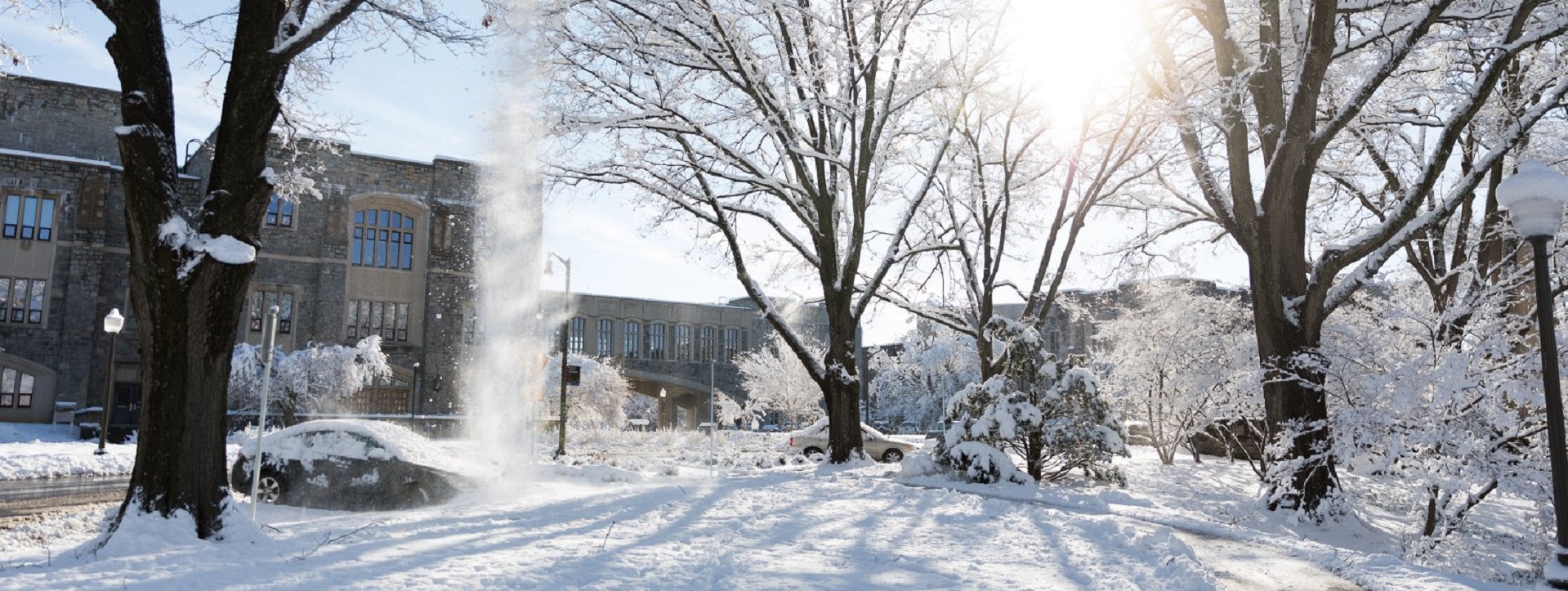
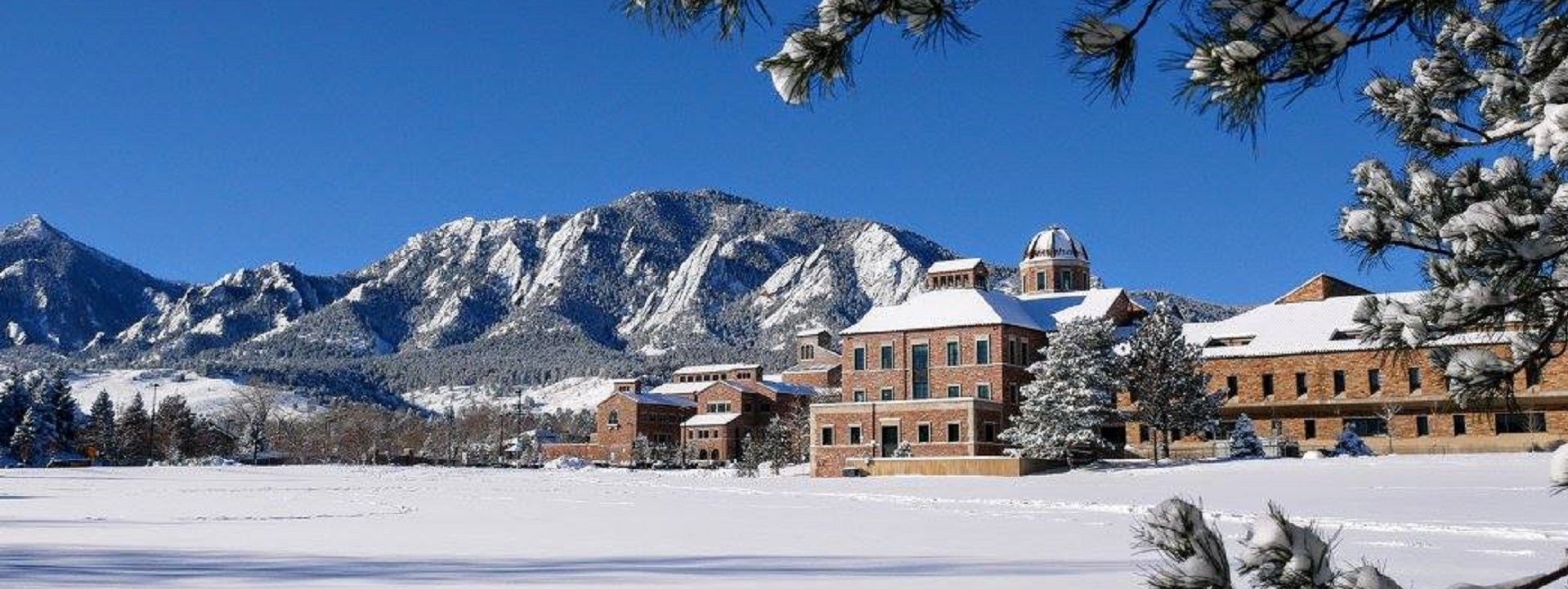
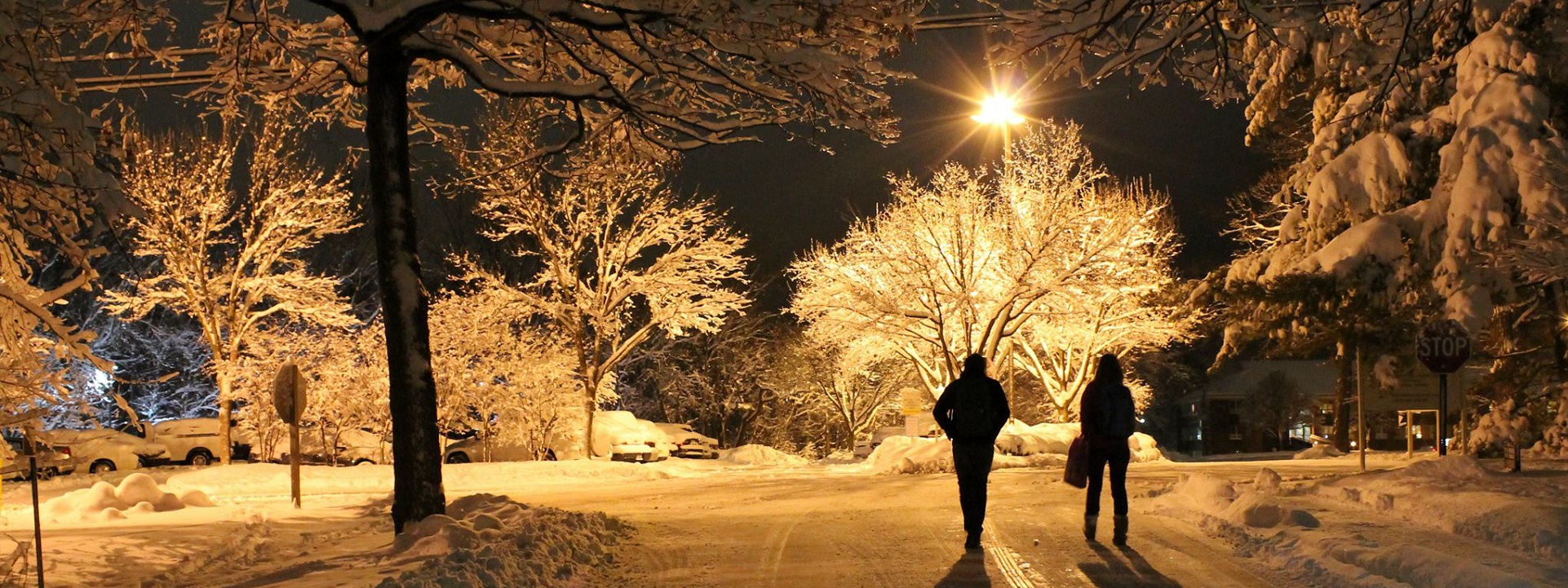
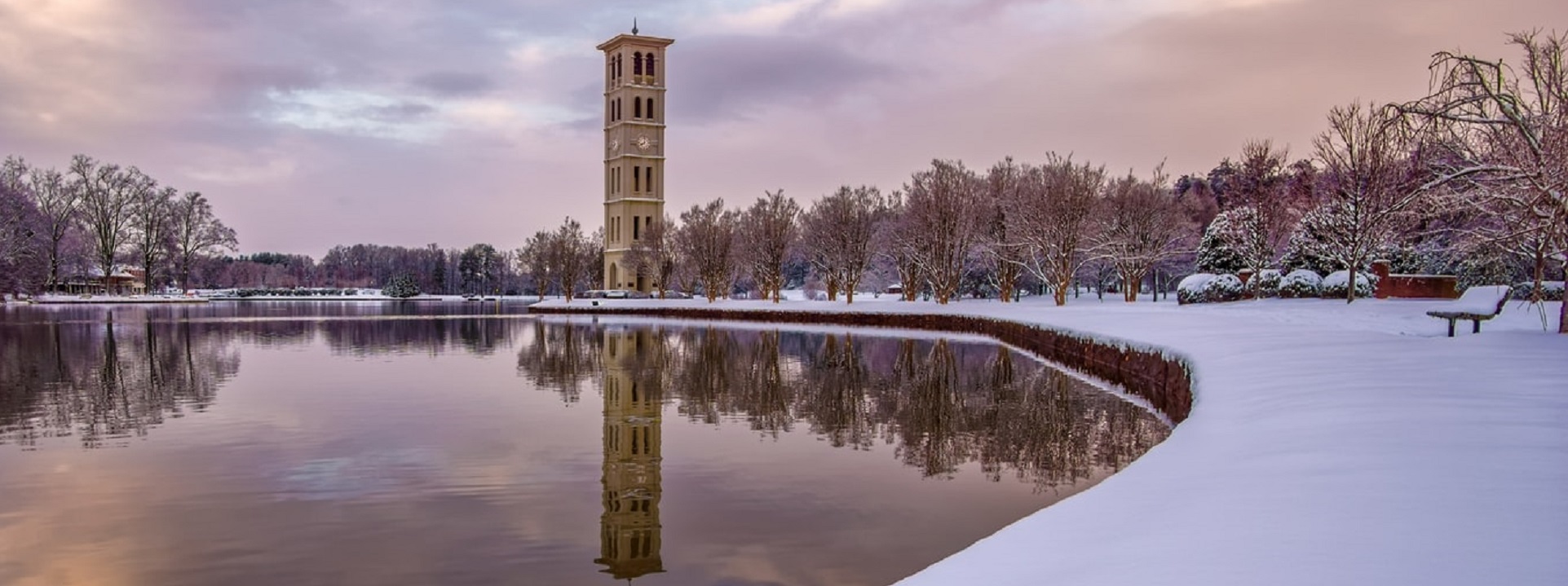
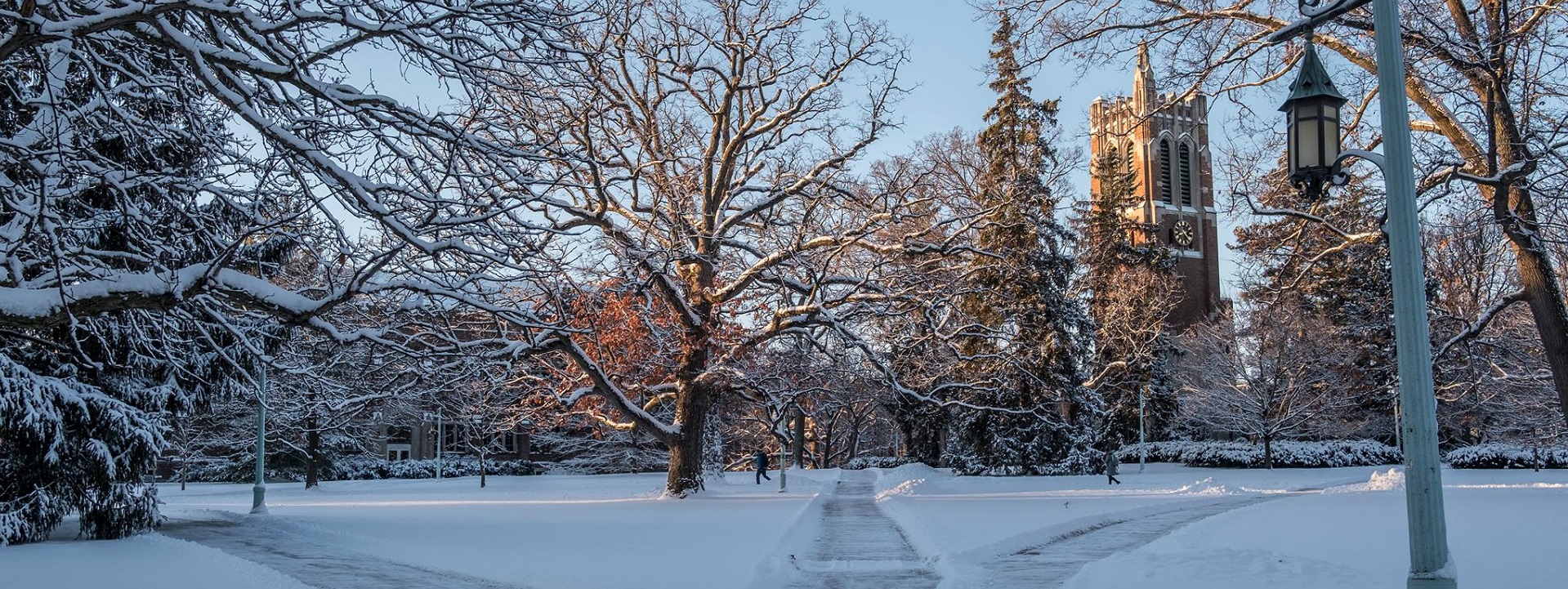
Issue: [19-151]
Category: Electrical, Energy
Colleagues: Mike Anthony, Jim Harvey, Kane Howard, Jose Meijer
LEARN MORE:
LIVE: 91.3 FM Cal Poly Student Radio
“Radio is the perfect medium for communication.
It is instantaneous, and unlike television,
it allows you to use your imagination.”
-Guglielmo Marconi
Industrial electroheating and electromagnetic processing
The global standards for heat tracing systems are developed by IEC Technical Committee 27. The scope of work for this committee is reproduced below:
Standardization in the field of industrial equipment and installations intended for electroheating, electromagnetic processing of materials and electroheat based treatment technologies Note: The scope of interest covers industrial installations with the use of the following equipment: – equipment for direct and indirect resistance heating; – equipment for electric resistance trace heating; – equipment for induction heating; – equipment using the effect of EM forces on materials; – equipment for arc heating, including submerged arc heating; – equipment for electroslag remelting; – equipment for plasma heating; – equipment for microwave heating; – equipment for dielectric heating; – equipment for electron beam heating; – equipment for laser heating; – equipment for infrared radiation heating. The list presents typical examples of equipment and its applications and is not exhaustive.
CLICK HERE for the link to the TC 27 Strategic Business Plan
Titles in this committee’s bibliography appears to be stable. As with all IEC titles, they are relatively narrow in scope compared with the titles promulgated by most US standards developing organizations. Our interest lies primarily in the application of this technology within and around education community buildings.
While heat tracing generally goes un-noticed it is an essential part of cold weather safety. It is wise to keep pace with its evolution with innovation in materials and controls with the lead.
We maintain this committee’s work on the standing agenda of our seasonal Snow & Ice colloquia; along with US standards developed by UL, IEEE, NEMA, NFPA, ICC, ASHRAE and a few others. We also collaborate with the IEEE Education & Healthcare Facilities Committee on this topic. See our CALENDAR for the next online meeting; open to everyone.
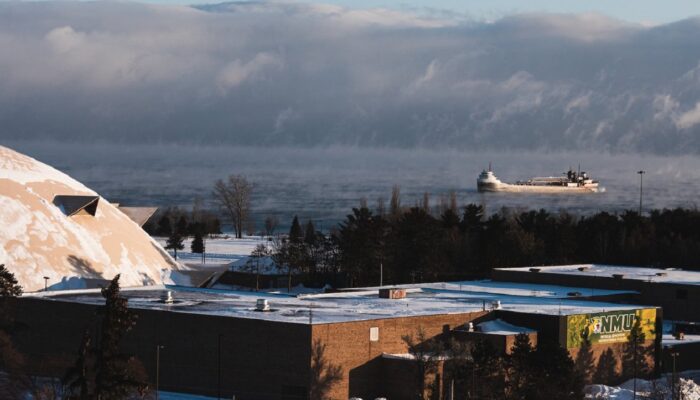
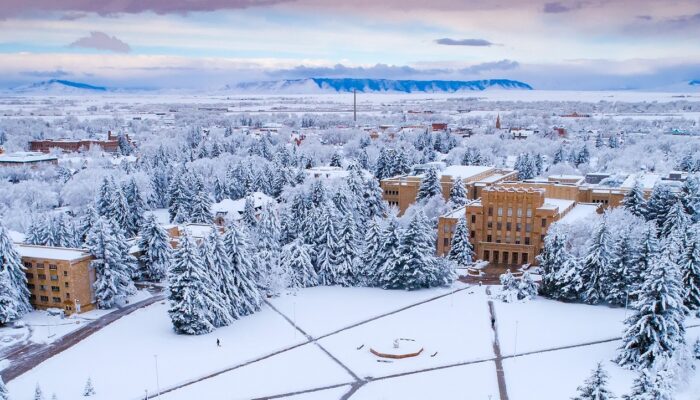
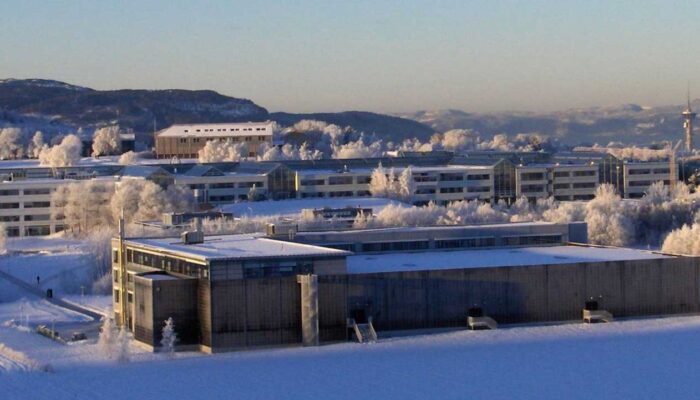
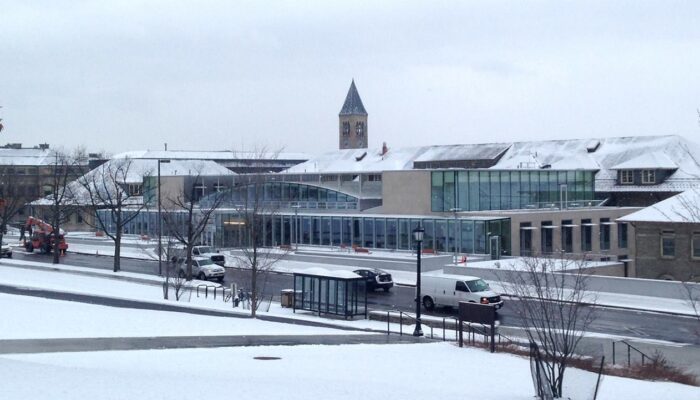
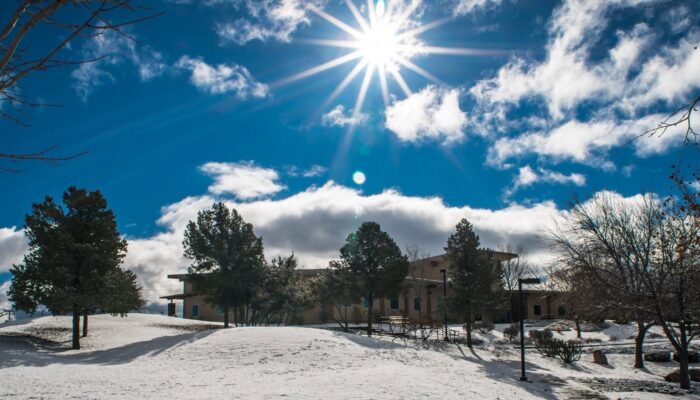
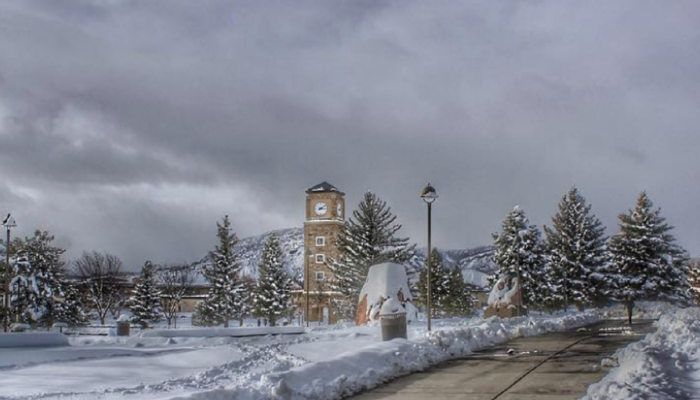
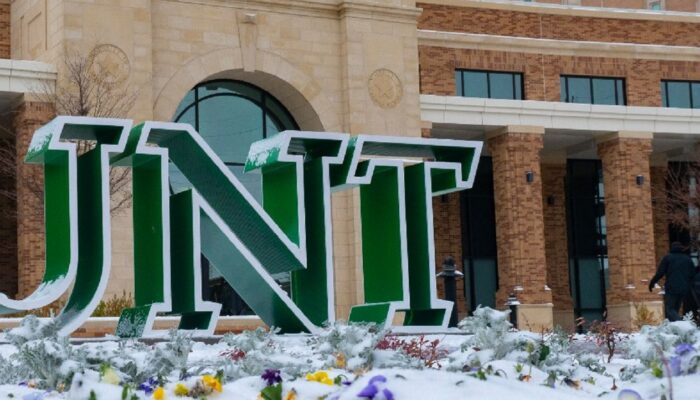
Issue [18-332]
Category: Electrical
Colleagues: Mike Anthony, Lorne Clark, Jim Harvey
Nourriture Hiver
![]()
Today we break down the catalog for food safety in education communities; with primary attention to consultations from private standard developing organizations and federal agencies charged with food safety. We do so with sensitivity to animals and plants and sustainability of the global food supply chain. Many schools are the communal cafeterias for the communities that own and operate them and run at commercial scale.
We prepare responses to public consultations released by standards developing organizations which, in many cases, have significant conformance enterprises.
ANSI Standards Action | Current Weekly Edition
Note the call for public comment on proposed WTO Agriculture, Sanitary and Phytosanitary (SPS) measures (Page 48)
Core titles are published by the ANSI accredited organizations listed below:
The ASHRAE catalog is the most cross-cutting and fastest moving catalog in the land. If you claim ownership of the United States energy domain you pretty much capture everything related campus safety and sustainability. Best to deal with it on a day-by-day basis as we usually do according to daily topics shown on our CALENDAR.
Association for Packaging and Processing Technologies
American Society of Agricultural and Biological Engineers
Institute of Electrical and Electronic Engineers
National Electrical Safety Code (Our particular interest lies in the safety and reliability of off-campus agricultural and research facilities that receive power from regulated utilities)
Kitchen Safety and Security System for Children
TupperwareEarth: Bringing Intelligent User Assistance to the “Internet of Kitchen Things”
Designing an IoT based Kitchen Monitoring and Automation System for Gas and Fire Detection
Re-Inventing the Food Supply Chain with IoT: A Data-Driven Solution to Reduce Food Loss
International Code Council
International Building Code Assembly Group A-2
International Building Code Group U Section 312 Agricultural Buildings
International Building Code Moderate Hazard Factory Industrial Group F-1 (Food Processing)
National Fire Protection Association
National Electrical Code Article 210 (Branch Circuits)
National Electrical Code Article 547 (Agricultural Buildings)
Standard for the Installation of Air-Conditioning and Ventilating Systems
Public Input Report for the 2024 Revision
Standard for Ventilation Control and Fire Protection of Commercial Cooking Operations
Public Input Report for the 2024 Revision
Food Equipment
Commercial Warewashing Equipment
Commercial Refrigerators and Freezers
Commercial Cooking, Rethermalization and Powered Hot Food Holding and Transport Equipment
Commercial Powered Food Preparation Equipment
US Federal Government:
US Department of Agriculture
Food & Drug Administration (HACCP)
State Governments:
Lorem ipsum @StandardsState
Global:
International Organization for Standardization
International Electrotechnical Commission
Codex Alimentarius
Food safety and sustainability standards populate are of the largest domains we track so if we need a break0-out session, let’s do it. Use the login credentials at the upper right of our home page.
More
Standards supporting vertical farming
STANDARDS SUPPORT SOPHISTICATED FARMING METHODS THAT BRING PRODUCE TO YOUR TABLE
US Food & Drug Administration: Food Facility Registration Statistics (as of January 11, 2021)
National Grange of the Order of Patrons of Husbandry
The U.S. Land-Grant University System: An Overview
American Society of Agricultural and Biological Engineers Standards Development
The origin of the Land grant act of 1862
International Electrotechnical Commission: Keeping food safe from farm to plate
Council for the Advancement of Standards in Higher Education: Dining Services Programs
Science and Our Food Supply: A Teacher’s Guide for High School Classrooms
Potato Latkes & Orange Juice
Traditional Hanukkah foods (Spoon University) are often fried or cooked in oil, symbolizing the miracle of the oil that lasted eight days in the rededication of the Second Temple in Jerusalem.
Latkes (Potato Pancakes): Grated potatoes mixed with onions, eggs, and flour, then fried until crispy. They are often served with applesauce or sour cream.
Sufganiyot (Jelly-filled Doughnuts): Deep-fried doughnuts filled with jelly or custard and dusted with powdered sugar. They represent the oil that miraculously burned for eight days.
Brisket: Slow-cooked beef brisket is a popular main course for Hanukkah dinners.
Applesauce: Often served as a topping for latkes or as a side dish.
Matzo Ball Soup: While traditionally associated with Passover, some families also serve matzo ball soup during Hanukkah. It consists of light, fluffy dumplings made from matzo meal in a chicken broth.
Kugel: A baked casserole dish that can be sweet or savory, made with noodles, potatoes, or other ingredients.
Chocolate Gelt: Chocolate coins wrapped in gold or silver foil, often used in the game of dreidel.
Dreidel Cookies: Cookies shaped like the spinning top used in the traditional Hanukkah game of dreidel.
Cheese: In reference to the story of Judith, who is said to have fed cheese to an enemy general to make him thirsty and then gave him wine to make him drunk.
New update alert! The 2022 update to the Trademark Assignment Dataset is now available online. Find 1.29 million trademark assignments, involving 2.28 million unique trademark properties issued by the USPTO between March 1952 and January 2023: https://t.co/njrDAbSpwB pic.twitter.com/GkAXrHoQ9T
— USPTO (@uspto) July 13, 2023
Standards Michigan Group, LLC
2723 South State Street | Suite 150
Ann Arbor, MI 48104 USA
888-746-3670
DIRECTIONS
G-G3SGZY7ZR1 G-G3SGZY7ZR1



